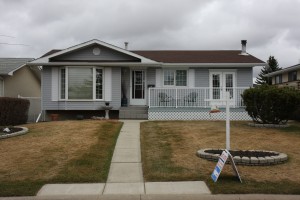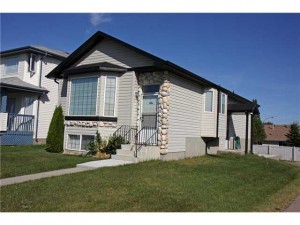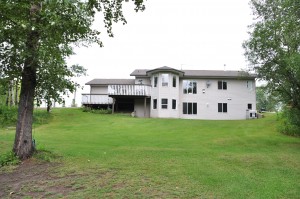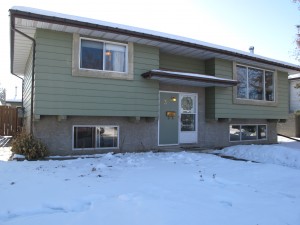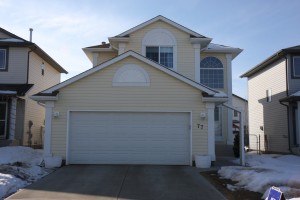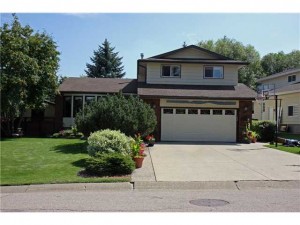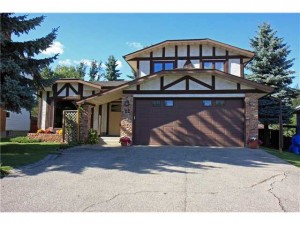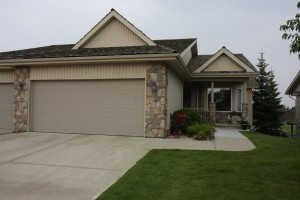Lessons From Calgary: How Prepared Are You For a Disaster?
Tuesday, June 25th, 2013Recent catastrophic flooding in southern Alberta has caused many people in Spruce Grove, Stony Plain, Parkland County and the Edmonton region to re-think their own emergency preparedness and to wonder just how well we would survive a disaster of this type. If you Google “72 hour survival kit”, many worthy sites presenting much useful information appear. But how many of us have actually followed through on this information to put together an emergency plan, emergency kits and the like? How do you even get started doing this?
Start with a Plan
A very good site to begin with is GetPrepared.gc.ca. Download their publication 72 Hours: Is Your Family Prepared? Your Emergency Preparedness Guide. Detailed instructions guide you through the creation of an emergency plan for your family, and the building of an emergency kit. Most authorities recommend having enough “stuff” to keep you self-sufficient for 72 hours, the critical time period during which you may need to wait for help from emergency assistance providers, and during which time you may be without essential services of water, power and gas.
Build Your Survival Kit
Your emergency kit may be one you’ve assembled yourself or it may be a commercial one you purchase from an organization such as the Canadian Red Cross. Their basic 72-Hour Disaster Preparedness Kit sells for $59.95 and includes the following items:
- 1 box of 45 waterproof matches
- 1 wind-up flashlight/radio/alarm (no batteries required)
- 1 50-hour candle
- 1 multi-function knife
- 1 S.O.S. sign
- 1 emergency rescue blanket
- 1 emergency preparedness guide
- 20 water purification tablets
- 2 biohazard waste bags
- 1 collapsible water container
- 1 whistle
- 1 pair of work gloves
- 1 12-hour light stick
- 1 first aid kit:
- 1 emergency plastic sheeting
- 1 duct tape
- 2 dust masks
- 1 nylon backpack
- 2 gauze pads 5 cm x 5 cm (2 in x 2 in)
- 5 antiseptic towelettes
- 1 proviodine swab
- 4 alcohol swabs
- 2 insect sting relief swabs
- 10 plastic adhesive bandages
- 2 fingertip bandages
- 2 knuckle bandages
- 1 first aid instruction card
- 2 adhesive patch bandages 5 cm x 7.5 cm (2 in x 2 in)
- 1 conform bandage
- 1 roll of adhesive tape
- 1 pair of nitrile examination gloves
- 1 pair of tweezers
- 1 pair of scissors
- 12 safety pins
These items are just the beginning, of course. Most experts recommend that your kit include enough non-perishable food for 72 hours, and at least 4 liters of water per person per day. Seasoned backwoods campers and backpackers will have lots of other suggestions, such as warm, water-resistant clothing, a small tent and sleeping gear, food preparation equipment including mess kits and a tiny stove that fits in a backpack, and special dehydrated meals. Whatever goes into your kit needs to reflect your careful consideration of your personal situation: What would you need to have with you to be safe, comfortable and healthy during those 72 hours? Study carefully the lists on the GetPrepared.gc.ca site as well as the following sites to devise the exact 72-Hour Disaster Survival Kit that works for you and all family members (including pets).
- How to Make a 72 Hour Kit for Emergency Preparedness (from About.com Latter-Day Saints)
- Are You Prepared? (from 72hours.org)
- 72 hour emergency survival kit and shopping list (from the Town of Newmarket)
- Basic Disaster Supplies Kit (from the Federal Emergency Management Agency – FEMA – of the US Government)
- When Technology Fails
Store your kit somewhere in your home where it’s readily accessible and hope you never have to use it!
Leaving Your Home
What if you had to evacuate your home as so many southern Alberta residents were forced to do? What do you take with you when you escape? Well, your emergency kit of course, and a few other essentials:
- Identification (passports, driver’s licenses, birth certificates, marriage licenses, insurance, wills, financial statements, etc.) Tip: Scan all these documents onto your computer and then download them onto a memory stick which then goes into your emergency kit. Check and update your digital records every 6 months.
- Cell phone and charger
- Important phone numbers (relatives, work, insurance, doctors, pharmacy, etc.)
- Extra set of keys (house, garage, storage, lockbox, etc.)
- Money $$ (cash, including coins, and credit cards)
- Critical medicines & prescription glasses
- Personal hygiene items and change of clothing
- Computer backup
- You can probably think of a few other easily portable and absolutely essential items.
People who have survived disastrous fires, floods and severe weather events will tell you that one of the hardest things about leaving behind their homes is the thought of losing the tangible evidence of precious and irreplaceable family memories. These days, technology can help if you plan ahead and take the time to do things like digitizing family photos and then uploading them to online storage services. Make sure a copy of your home inventory is there too. (See my blog article “Home Inventory: Do You Have One?”)
Comments or questions about this article? Call or text me at 780-910-9669, email me at barry@barryt.ca, or contact me here.


